Using Jack Nicklaus' Clubs For A Day
Joel Tadman played a round using Jack Nicklaus’ clubs from the 1960s, but how did they perform?

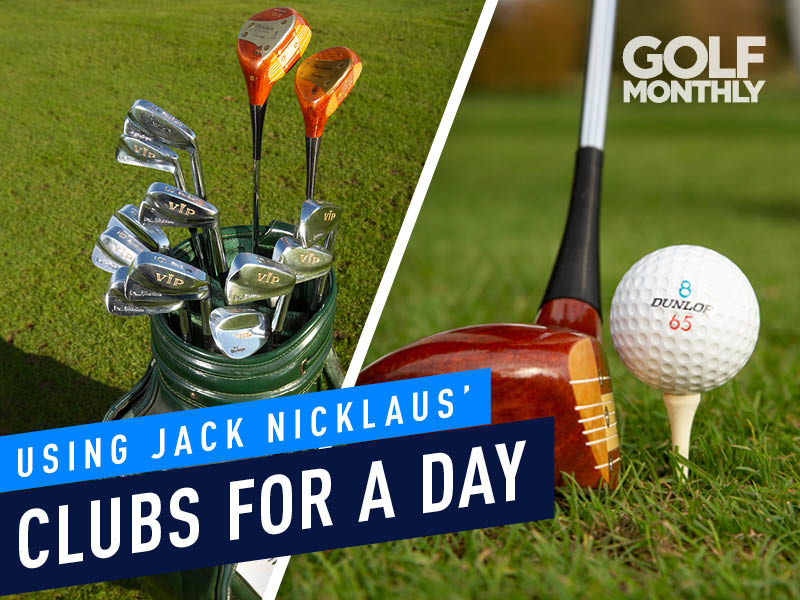
Joel Tadman played a round using Jack Nicklaus’ clubs from the 1960s, but how did they perform?
Using Jack Nicklaus' Clubs For A Day
In this video, technical editor Joel Tadman tests out a set of classic MacGregor clubs from the 1950s, many of which were used by the great Jack Nicklaus himself, and compares to the modern clubs he is accustomed to.
WATCH: Using Jack Nicklaus' Clubs For A Day
What's In The Bag
Driver - MacGregor Tommy Armour Signature Tourney 945W, 9° (1954) Fairway - MacGregor Tommy Armour Signature Tourney 693 T, 15° (1950) Irons - MacGregor MT1 iron (1965), MacGregor VIP, 2-SW (1967) Putter - MacGregor George Lowe 600 (1960) Ball - Dunlop 65 1.68 and 1.62 (approx 1970)

Growing up in the era of Tiger Woods, a man who transformed the sport into a collection of distance-craving gym-goers, I’d never experienced any feelings of nostalgia towards how golf was back in the day.
I was, of course, aware of the achievements of Jack Nicklaus, Arnold Palmer and others from the 1950s, 60s and 70s, but never truly appreciated or understood how different the game was back then. Nor did I have a burning desire to find out.
Subscribe to the Golf Monthly newsletter to stay up to date with all the latest tour news, equipment news, reviews, head-to-heads and buyer’s guides from our team of experienced experts.
But having seen the advances in golf club technology over the last ten years, my curiosity to learn has grown, and so when Christian MacMillan from the Persimmon Golf Society reached out to me with an offer to play a round using a replica set of vintage clubs identical to what Nicklaus used during his glory days, I jumped at the opportunity.
We met at my home club, Burghley Park Golf Club in Stamford, and after five minutes of chatting I was blown away by the depth of knowledge and passion Christian had for clubs from yesteryear.
He is not alone – a quick scroll through his Facebook page revealed this passion is shared by thousands of golfers across the globe. It is also more than mere nostalgia for Christian.
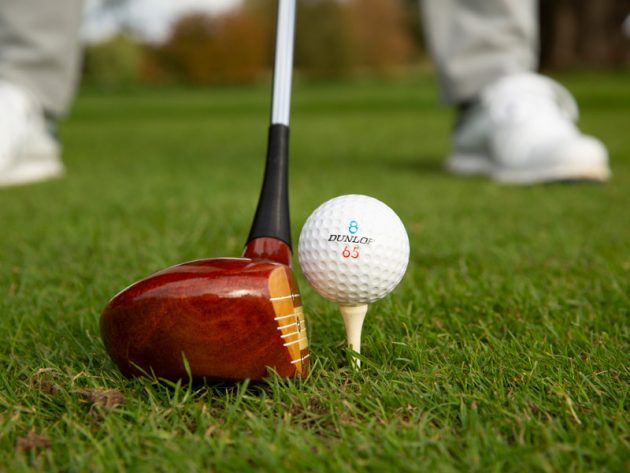
Even to this day, he has resisted the temptation of modern equipment and plays to a single-figure handicap using vintage blades and persimmon woods, although he admits to playing a modern-day ball.
The world of vintage clubs, like the ones he has brought for me, is huge. Depending on the make, model and quality, they can resell for ten times their original value.
It is no wonder, because the craftsmanship that went into applying the various finishes and design elements by hand simply doesn’t exist any more. It is this personal touch that makes them so special, and by the time we headed to the range, I was gagging to hit my first shot.
My clubs for the day were all made by MacGregor, the established premium equipment company at the time used by Miller, Nicklaus and Crenshaw (among others) in the 1960s, 70s and 80s. I was even going to try two sizes of Dunlop 65 balls from the 70s.
Before we headed to the course, I hit some of the clubs on the Foresight Sports GCQuad launch monitor in an attempt to quantify some of the differences between them and what I currently play. The irony of measuring classic clubs on arguably the most cutting-edge piece of golf technology wasn’t lost on me, but at least I now knew what to expect.
Off the tee
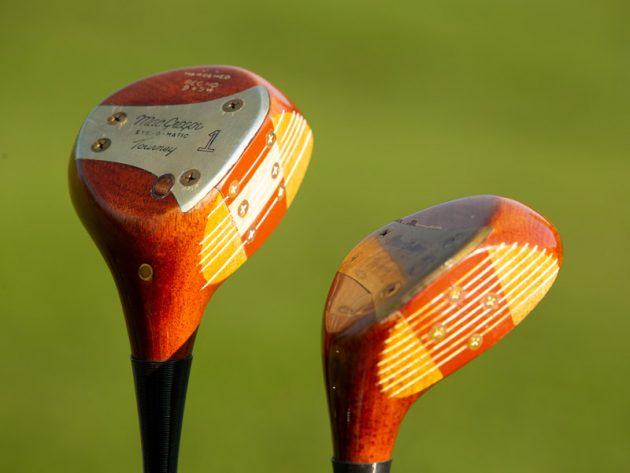
I actually really enjoyed using my old-school driver. The persimmon head was barely wider than the ball itself, meaning it does lack forgiveness.
But the shorter steel shaft provided some control over the strike and the smaller head certainly increased my focus. It felt fantastic when you hit one out of the screws (literally, as six screws hold a plastic insert in place to protect the Japanese wood) and the rich cherry finish is beautiful.
With a modern ball, it was only around 15-20 yards short of my current driver in terms of total distance on the course. The lower launch and higher spin creates a ball flight that starts low and climbs, reaching its apex late in its journey.
The revelation was the MacGregor MT 1-iron. I could hit Tiger Woods-style stingers with ease to get the ball chasing down the fairway and the feel was buttery soft. Miss the sweetspot and you certainly know about it, and off the deck it was a struggle to get the ball airborne.
That said, it came in handy when needing to punch the ball out of the trees!
Into greens
My MacGregor VIP irons felt very head-heavy and the leading edges were incredibly sharp because of the complete absence of any bounce, which is why I took huge chunky divots and had to be very precise with the strike.
These pure blades have rows of copper crowns either side of the hitting area on the face, which Nicklaus said helped with his alignment and concentration, and I would agree with him to a degree.
The muscleback design and higher lofts mean they also spin the ball significantly more than my modern irons, over 8,000rpm – I’m normally at about 6,000rpm. That meant I lost distance, especially into the wind.
The flight was also surprisingly low given the high lofts, most likely down to less technology assisting with launch compared with what we see today, and the ball speed with the 7-iron was closer to my modern-day pitching wedge.
But again, the feel was very pleasing – soft and smooth – and after a few swings I felt able to control the direction and distances.
Short game
The pitching and sand wedges were part of the MacGregor VIP set and so weren’t designed for greenside versatility. The sand wedge did offer some spin on chip shots, but not to the level I was used to.
Similar to the irons, the lack of bounce made chipping from tight wet lies and bunker shots extremely difficult – again you had to be very precise with the strike.
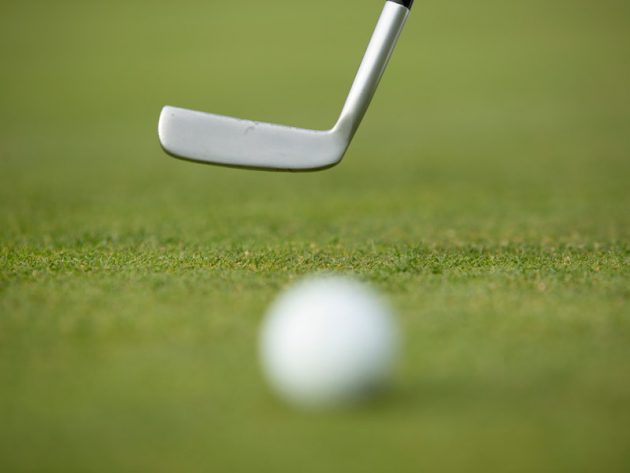
I managed to putt surprisingly well with my MacGregor George Lowe 600 putter, despite the absence of any alignment aids or face technology.
It still had the original leather grip and a flat front edge, so clearly some thought had gone into putting-specific grips at the time it was made. I holed my fair share from short range, although longer putts suffered from the lack of forgiveness.
Golf ball
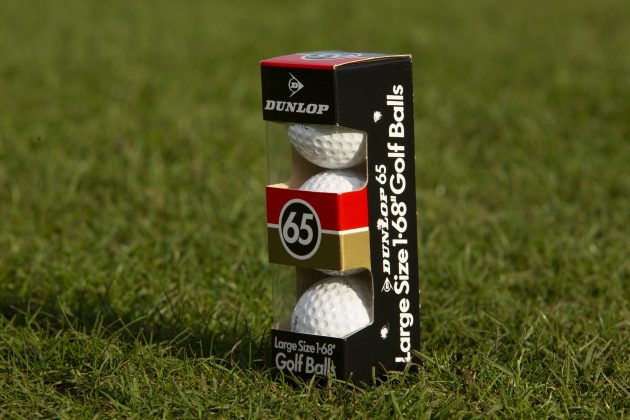
When using a modern-day ball, any shortfalls in the equipment, especially around distance, were less noticeable. But switching to the Dunlop 65 from the 1970s was a completely different experience.
Even straight out of the packet, it didn’t look to be perfectly spherical – I don’t think quality control or manufacturing standards were quite what they are now at the Waltham Abbey plant in which they were likely made.
The materials may well have deteriorated inside the packet depending on how they had been stored, so perhaps they weren’t given a totally fair crack at the whip.
They were very soft, to the point they seemed to feel dead off the face, and fell out of the sky earlier than I’d hoped. Softer balls back then were important to maintain the integrity of the less-durable clubs. The smaller 1.62 version made the clubs look bigger but was more difficult to hit, and the whole experience was just bizarre.
When you’ve looked down at the same size of ball from the same height for nearly 15 years, seeing something smaller is too much for your brain to handle!
Verdict
I have to say, I thoroughly enjoyed the experience. Admittedly I was hitting longer and less-forgiving clubs into greens and short-game shots were significantly harder to pull off, but good shots still felt and performed as I expected.
The big differences were around forgiveness, and the experience gave me a new-found respect for Nicklaus and all the other pros in his era who played competitive golf using this type of equipment.
Their ability to score was unquestionably hindered by the lack of help on offer, and yet Nicklaus was privy to the occasional 300-yard drive. It just goes to show the power and ball-striking prowess he and his peers possessed. They didn’t know any different so found a way to make it work, and while I’m sure I could too in time, it would seem to be a foolhardy endeavour.
My experiment also highlighted the effect the modern ball has on the game in terms of distance but also stability through the air. It is arguably where the biggest leap forward has been made in this time period, and it helps you gain more control and predictability in every area of the game.
I certainly wouldn’t prefer to use these old-school clubs – we all have it so much easier these days thanks to the advances in design and materials – but there was a sense of pure satisfaction and joy when ripping a drive with a persimmon driver or hitting the perfect 1-iron stinger.
It was a delight to experience it for a day and I hope to try these clubs again in the future, just not with a scorecard in my back pocket.
Don't forget to follow Golf Monthly on Facebook, Twitter and Instagram for more golf content.
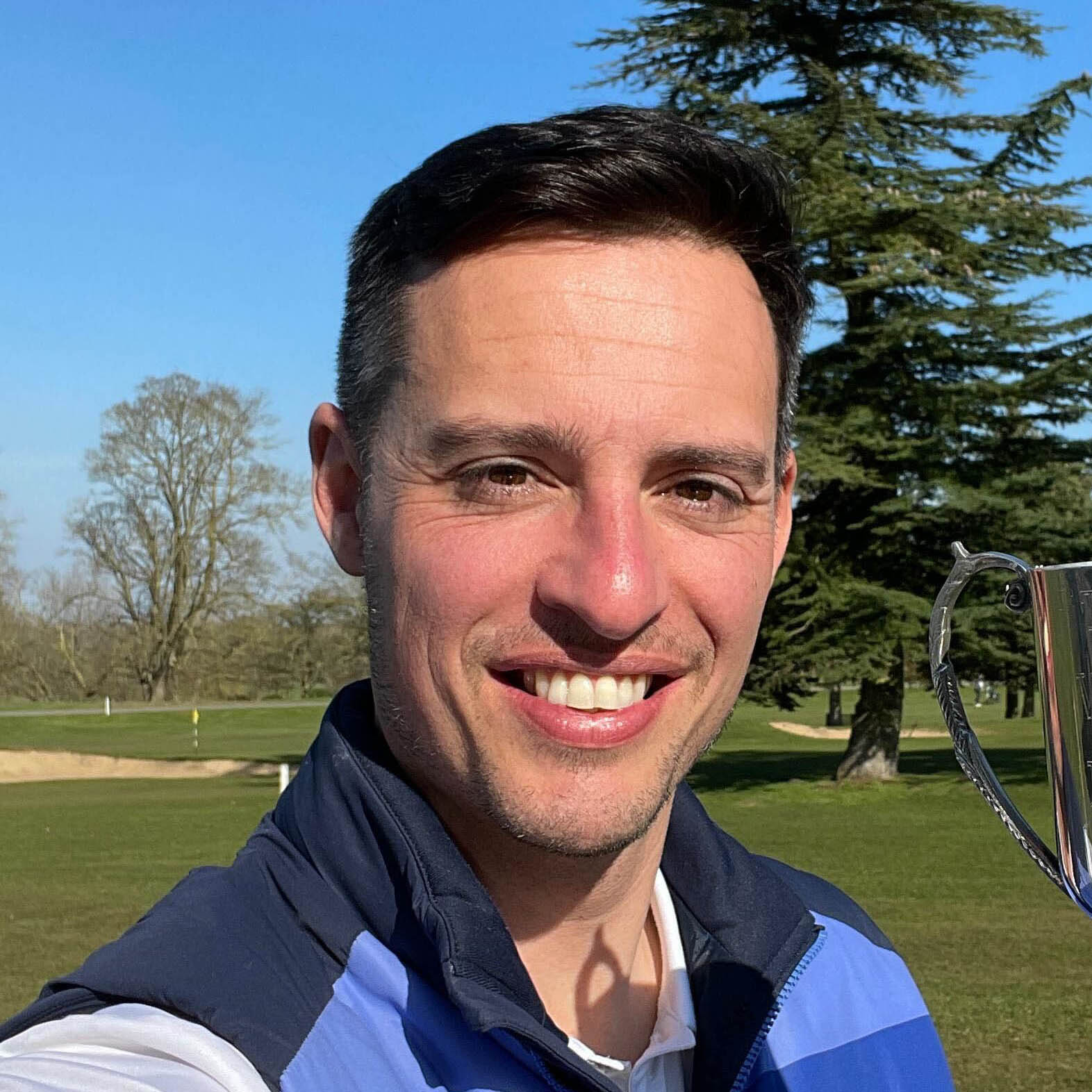
Joel has worked in the golf industry for over 15 years covering both instruction and more recently equipment. He now oversees all equipment and video content at Golf Monthly, managing a team of talented and passionate writers and presenters in delivering the most thorough and accurate reviews, buying advice, comparisons and deals to help the reader or viewer find exactly what they are looking for.
One of his career highlights came when covering the 2012 Masters he got to play the sacred Augusta National course on the Monday after the tournament concluded, shooting a respectable 86 with just one par and four birdies. To date, his best ever round of golf is a 5-under 67 back in 2011. He currently plays his golf at Burghley Park Golf Club in Stamford, Lincs, with a handicap index of 3.1.
Joel's current What's In The Bag?
Driver: Titleist GT3, 9°, Fujikura Ventus Black 6 S shaft.
Fairway wood: Titleist TSR3, 15°
Hybrid: Titleist TSi2, 18°
Irons: Titleist T150, 4-PW
Wedges: Titleist Vokey SM10, 50°, 54° and 58°
Putter: LAB Golf DF3
Ball: 2025 Titleist Pro V1x